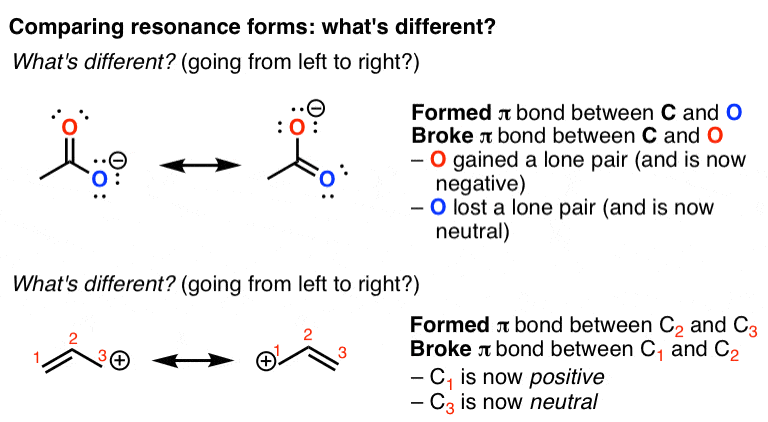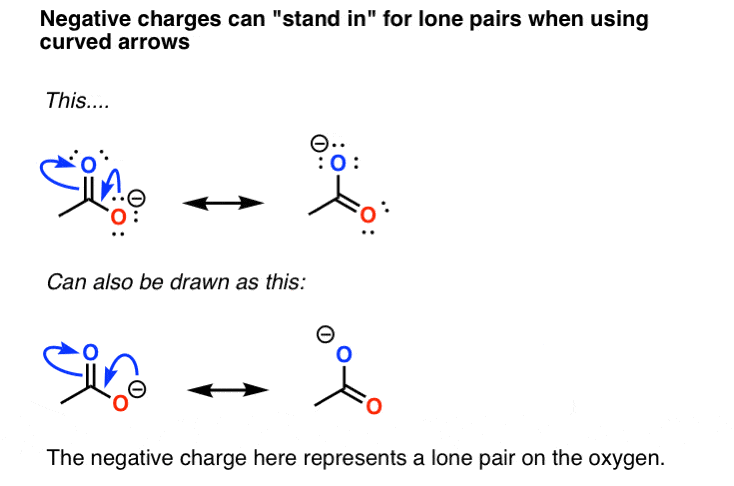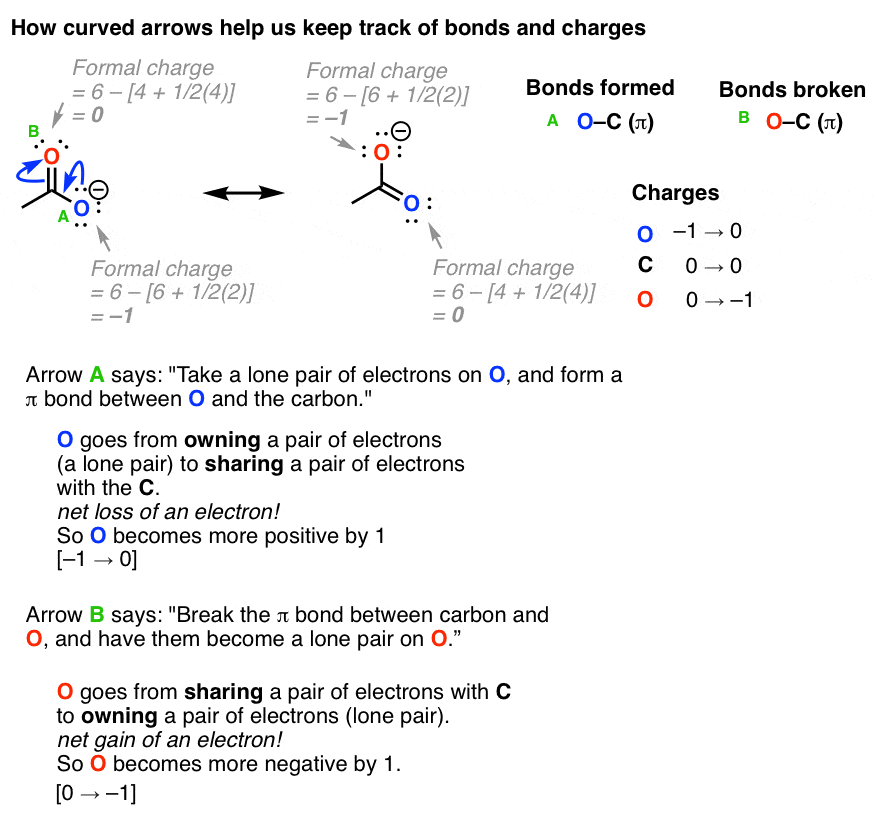Can A Curved Arrow Begin At A Pi Bond?
Curve Arrow Notation – Electron Pushing Arrows
Keywords searched by users: Can a curved arrow start from a pi bond if an arrow starts on a bond, the bond order, which of the following violates the rules for curved arrows, if an arrow starts from a bond and points towards an adjacent atom, the atom
Can A Curved Arrow Start From An Electron Pair?
Do curved arrows have the capability to originate from an electron pair? Curved arrows serve as visual representations that illustrate the flow of electrons during various chemical processes, such as bond breaking and bond formation. The base of the curved arrow signifies the starting point of the electron or electron pair, while the arrowhead indicates its ultimate destination. This fundamental concept is crucial in understanding the dynamic behavior of electrons in chemical reactions.
What Is The Rule For Curved Arrows In Ochem?
Curved arrows are essential tools in organic chemistry used to represent the flow of electrons within chemical reactions. These arrows are distinctive for their non-linear shape, typically featuring barbs at one end. The specific type of curved arrow used conveys crucial information about the movement of electrons in a reaction. When you encounter a double-barbed arrow, it signifies the transfer of a pair of electrons, while a single-barbed arrow indicates the movement of a single electron. Understanding these conventions is vital for deciphering reaction mechanisms and predicting the outcomes of organic reactions.
What Does A Curved Arrow Going From An Atom To An Adjacent Bond Indicate In Regards To Electron Distribution?
What does a curved arrow going from an atom to an adjacent bond indicate in regards to electron distribution? Curved arrows serve as a graphical representation of the “movement” of a pair of electrons within a molecule. This visual tool is crucial for tracking alterations in chemical bonding and charge distribution. In the realm of electron distribution, it’s important to note that electron pairs can primarily exist in one of two states: within chemical bonds or as lone pairs. Consequently, when employing curved arrows to depict electron shifts, there are essentially four fundamental combinations of electron “moves” that help elucidate these dynamic processes. This insightful approach enhances our understanding of how electrons are redistributed during chemical reactions.
Discover 45 Can a curved arrow start from a pi bond








Categories: Share 51 Can A Curved Arrow Start From A Pi Bond
See more here: maucongbietthu.com

So, when initially we said that curved arrows must start either from lone pair of electrons or a covenant bond, this statement is narrowed down for resonance structures: Curved arrows in resonance structures must start either from lone pair or π bonds.Curved arrows show the movement (flow) of electron during bond breaking and/or bond making processes. The foot of the arrow indicates where the electron or electron pair originates, the head of the arrow shows where the electron or electron pair ends up.Curved arrows: Nonlinear arrows with barbs on one end used to indicate electron flow. A double-barbed arrow indicates motion of an electron pair, whereas a single-barbed arrow indicates motion of a single electron.
Learn more about the topic Can a curved arrow start from a pi bond.
- Curved Arrows with Practice Problems – Chemistry Steps
- The Curved Arrow Convention
- Illustrated Glossary of Organic Chemistry – Curved arrow
- How To Use Curved Arrows To Interconvert Resonance Forms
- Curved Arrows (for reactions) – Master Organic Chemistry
- Teaching curly arrows at post-16 | CPD – RSC Education